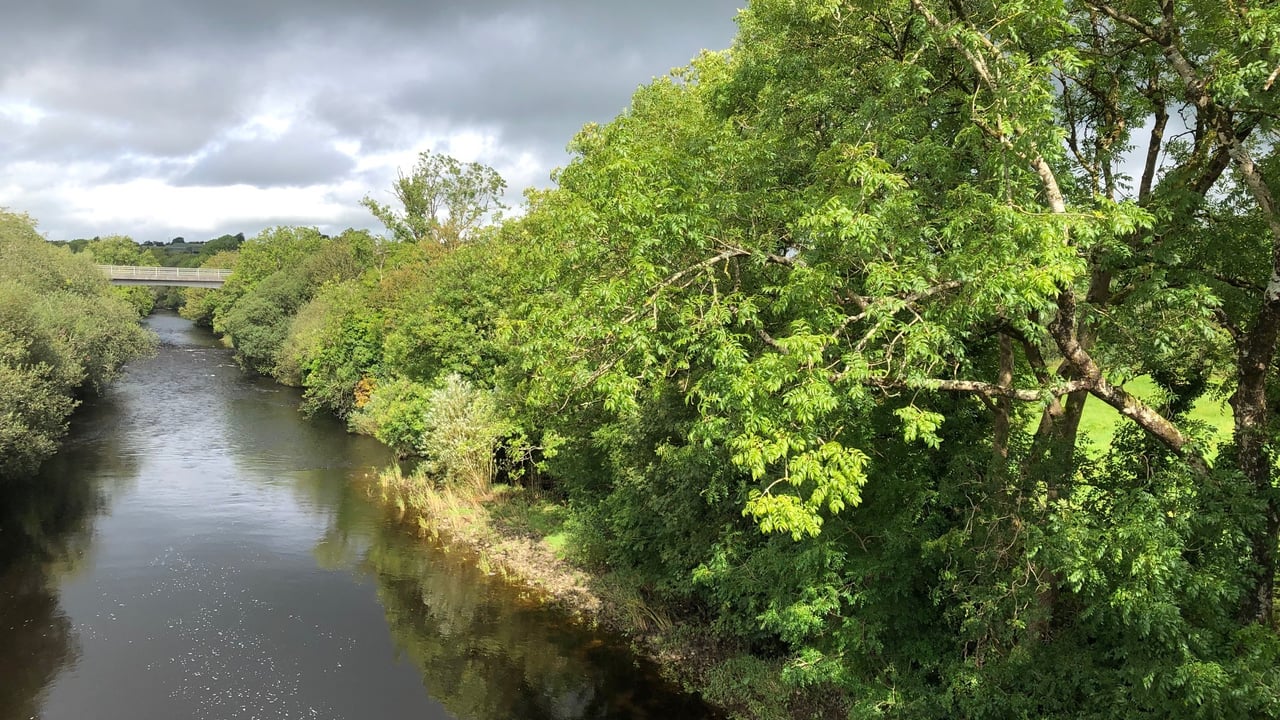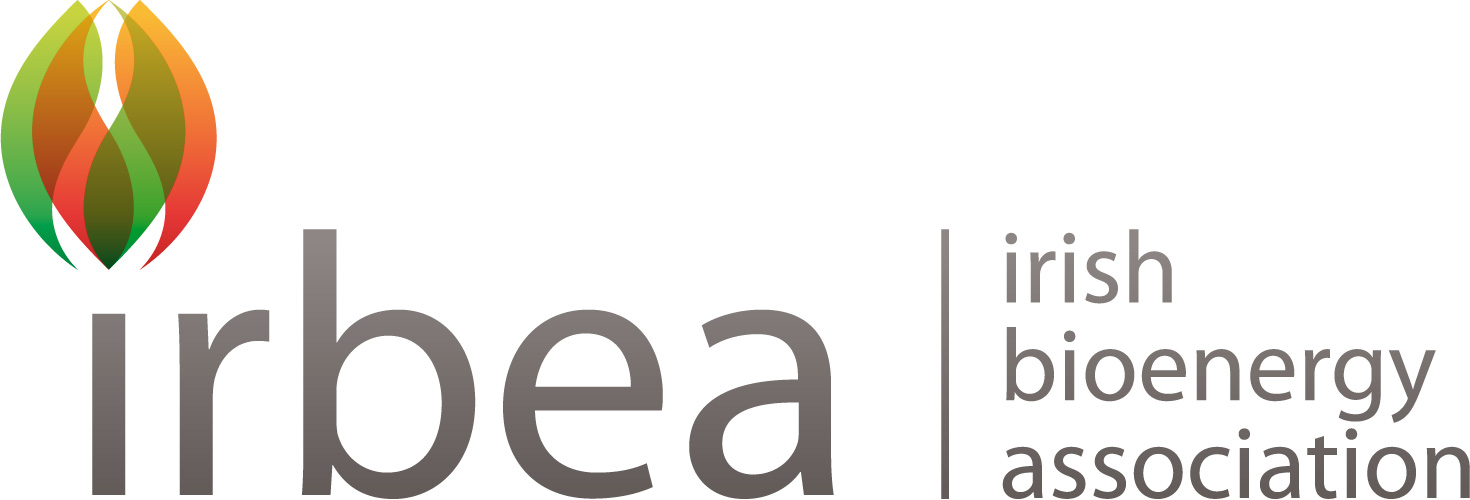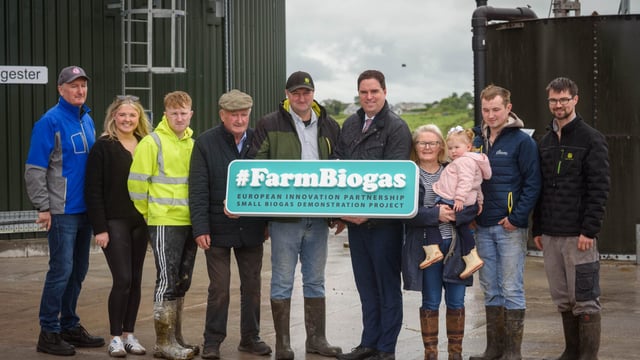Farmers advised to find out quality status of local rivers
Farmers have been advised by Teagasc to find out the water quality status of their local rivers to mitigate phosphorus, sediment and nitrogen losses to waters.
By finding out the water quality of rivers, Teagasc advised that farmers would then be able to "select the right measure in the right place" for mitigation.
It recommended the use of pollution impact potential (PIP) maps to identify the critical source areas (CSAs) for mineral losses and to highlight the overland flow pathways.
In order to manage phosphorous and sediment levels, guidance from Teagasc is as follows:
- Use 'break the pathway' measures to prevent run-off overland into the drainage networks e.g., by using targeted riparian margins and buffer margins, use of low earthen mounds, planting of trees and hedgerows, prevention of livestock access to water, wetland ponds, careful management of CSAs, and sediment traps;
- For tillage farms, adhere to the buffer margins in the regulations and put in place appropriate ‘break the pathway' measures.
In order to manage nitrogen levels, guidance from Teagasc is as follows:
- Take soil samples and follow a nutrient management plan;
- Use sulphur to improve nitrogen use efficiency;
- Apply nutrient when soil temperature, moisture content, growth rates and weather forecast are suitable, particularly in the early and late growing season or during drought;
- Add clover and multi-species swards to your pasture;
- Quantify the nitrogen surplus on your farm and take measures to reduce the surplus. The lower the surplus, the less there is to be lost to water;
- Tillage farms, plant cover or catch crops post-harvesting to capture nitrogen in the soil in autumn and prevent leaching to ground water.
Farmers were also advised to ensure slurry, soiled water, dairy washings, silage effluent and farmyard manure collection, and storage facilities meet regulatory requirements.
Contractors should also be made aware of the locations of CSAs, watercourses, drains, etc., on farms, and ensure appropriate buffers are kept when spreading organic manures or spraying pesticides.
Adherence to best practice when dipping sheep, to minimise the risk of dip entering the river drainage network, was also suggested.





